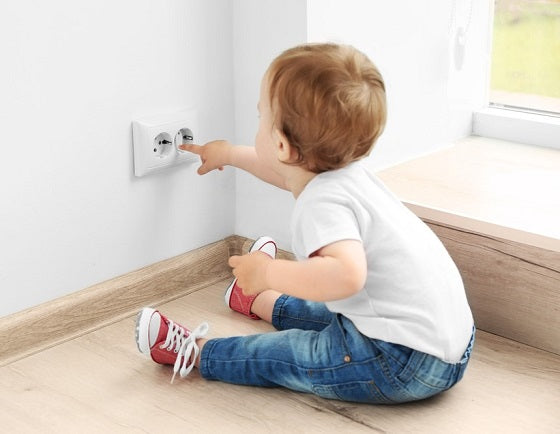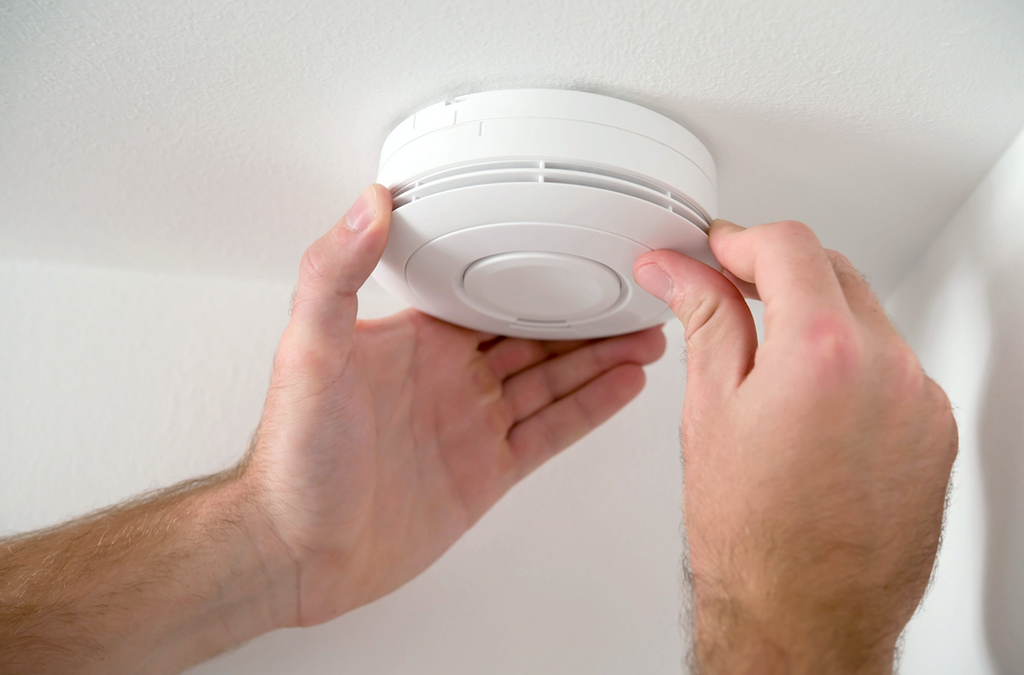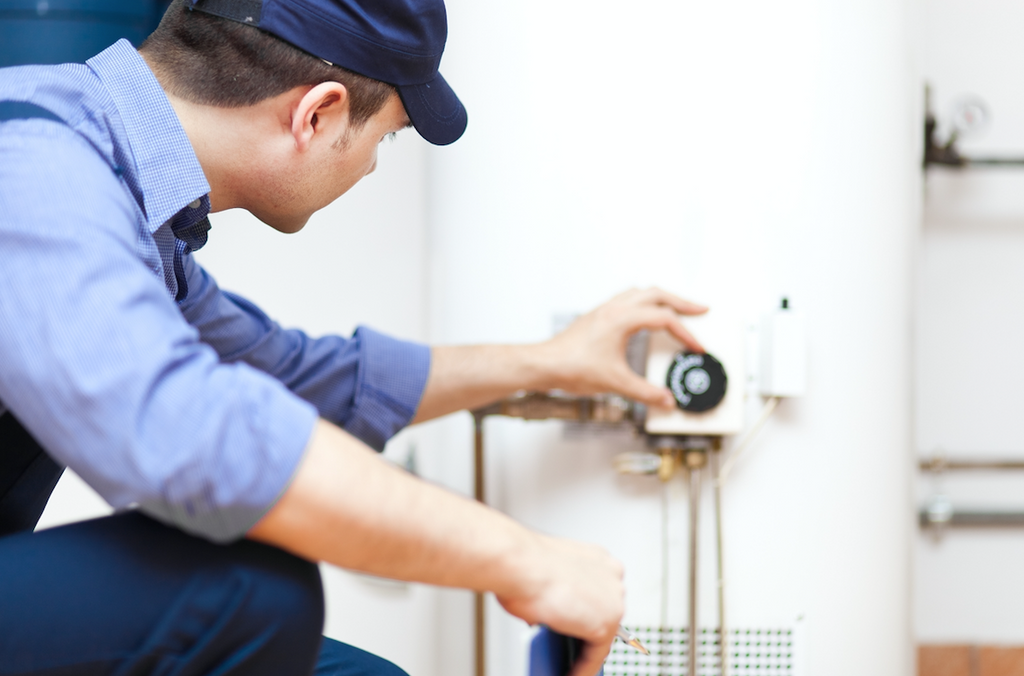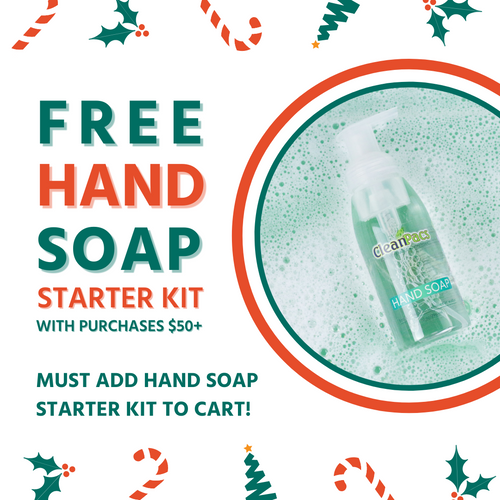8 Ways to Safety Proof Your Home for Kids

You can’t stop your kids from running around the house and exploring new things while they’re at it. Whether you’re preparing for an incoming baby or stepping up the game for your growing toddler, you can’t go without child-proofing your home. The most child-related accidents rushing through the hospital doors every day are traumatic injuries due to accidents inside homes. You can’t and shouldn’t stop your kid from going around the house. And, neither is it possible to supervise them 24/7; it only takes a minute for chaos to ignite. What you can do is make your home child-proof for a more kid-friendly environment where you’re not constantly worrying about the physical wellbeing of your kid.
1. Secure Risky Spots
There are more risky spots in a house for your kid to land themselves in an accident than you'd be able to count. Firstly, install a safety railing on staircases, balconies, and roofs. Protect your windows with safety guards so your kid can't open them. Children are fascinated by electricity sockets. Therefore, place the socket covers on them after use. Or, get a self-closing cover to save yourself from the hassle.
2. Keep Hazardous Equipment Locked Up
If you think you have everything in place and you've locked up any dangerous supplies, take another look. Any object, equipment, or appliance that's hazardous or poisonous for a child should be kept in places where your kid can't get to them. The basic list includes lighters, fire matches, alcohol, medicines, gardening tools, cutlery, knives, and toiletries, to name a few. Here's another tip- swap the harsh chemical products in your home like cleaning supplies and laundry detergent for CleanPacs’ non-toxic cleaning kit and laundry detergent that get the job done without putting your kid in harm’s way!

3. Check the Smoke Alarms
Adding at least one smoke alarm is necessary for every household, and almost every state has even added it to the legal requirement. Don't go for the easy way out when it comes to the safety of your family. Install smoke and carbon monoxide detectors in every room. Ensure you're keeping a monthly check to look for any worn-out or outdated batteries.
4. Take a Look at Your Furniture
That modern furniture you’ve placed around the house that keeps the guests admiring your aesthetic sense may not be the best choice when it comes to a child-proof home. Rearrange the rooms’ setting a bit and secure furniture to the corners and walls so your kid can’t climb up and fall from them. Also, secure sharp edges and corners of your furniture by adding safety guards or placing a cushion on the corners for a cheaper alternative.
5. Prevent Choking Hazards
Small objects lying around your home can end up in your kid's mouth and have them gasping for breath. The most common choking hazards that routinely turn into severe cases are small toys and food items. Place small objects out of reach and pick up anything lying on the floor immediately. Organizing your home efficiently can also help a great deal in reducing this workload!
6. Opt for Cordless Window Blinds
Imagine your kid playing near a window blind, and the scene quickly changes to one where they're being strangled by it. Hanging cords may provoke a child's interest, and you need to get them out of the way. Either buy cordless window blinds or install safety tassels on your old ones to keep them out of your kid's reach.
7. Get Rid of Free-Falling Lids
Free-falling lids are another hazard that parents usually overlook. Those free-falling lids, whether they're the toilet seat or garbage cans or maybe even the toy trunk you've placed in your kid's room, can cause serious injuries. Add a safety latch to these lids if going lid-less isn't an option.

8. Setting the Water Heater
Setting your water heater above 120 degrees Fahrenheit may give you the best steamy hot shower, but you're putting your kid at risk. Keep the setting at 120 degrees to prevent scalding when you place your kid in the bath, or they turn on the tap themselves. For an infant, keep it below 100 degrees.
Final Take
There's so much that goes into making your home a haven for your kid. And sometimes, especially for first-time parents, it gets a little overwhelming. Take it one step at a time, and don't overstress; you’ll learn with the process.


